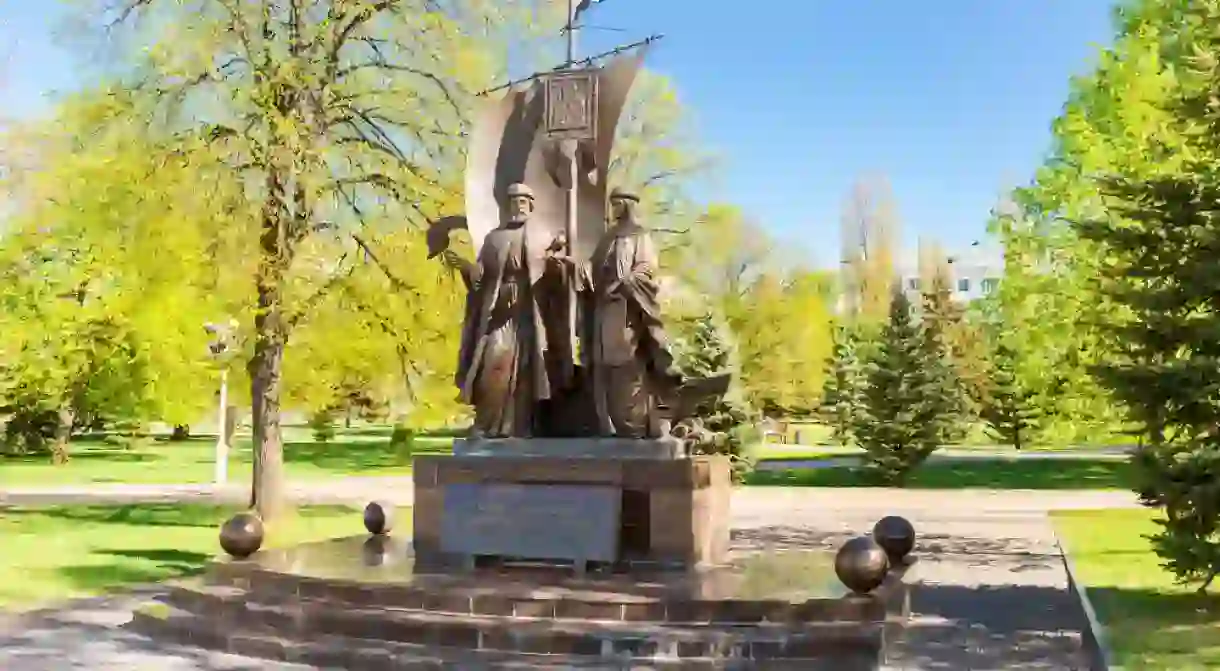7 Moments in History That Shaped Samara

The Volga River has been key to World Cup host city Samara‘s evolution since the city’s conception and has been a pirate’s nest, a fortress town and transport hub throughout the centuries. Samara changed its name to Kuybyshev during Soviet times and went on to become an important weaponry manufacturer as well as a base for Soviet space aviation. Now, scattered around this industrial city are several significant landmarks that mark the moments in history that shaped modern day Samara.
Medieval times
Fortress city
Samara was officially established in 1586 as a fortress city, designed to protect the empire from nomadic tribes, in particular the Mongol-Turkic and Tatar clans of the Volga region. As the city was on the nation’s then border, a customs office was established in the early 17th century, setting Samara on course to become an important port town and transport hub in the region. The Volga River became a vital transport route for commercial, industrial and private travel, and Samara became an important stop on all journeys. Today, in the heart of Samara, the long wide sandy stretch of the Volga’s banks are turned into an inland seaside during the long hot summers, filled with locals thawing out from the freezing winters.

Founding of Zhiguli Brewery
Brewery, Building
Austrian aristocrat and entrepreneur Alfred von Volcano founded the Zhiguli Brewery in 1881. The brewery went on to make the most iconic beer of Soviet times, Zhigulevskoye, a stalwart libation in a time of food and produce flux. Originally labelled as a Viennese style beer, it was rebranded to reflect state ideals when the Bolsheviks took control of the city and the plant during the Russian Revolution in 1917. The Zhiguli Brewery is still open to the public, who can enjoy a drink at the historical building, along the banks of the Volga. Customers can also bring a bottle to fill up straight from the keg to take away.
Kuybyshev Square
Aristocratic design of the 20th century
At the turn of the 20th century Samara was home to several wealthy merchants and affluent families who were influenced by and able to indulge in the art nouveau architecture and design that was popular at the time. Surviving Sovietism, many of these buildings are currently in various states of functionality and disrepair. The mansion of Aleksei Bostrom, stepfather of Aleksei Tolstoy (a well known writer, but not the Tolstoy of War and Peace fame), has become the grounds for the Modern Museum, and country estate of artist Konstantin Golovkin is in ruins but no less impressive.
Modern Museum, Ulitsa Frunze 159, Samara, Russia +7 846 333-24-98

Russia's second capital
Closed city
Museum













